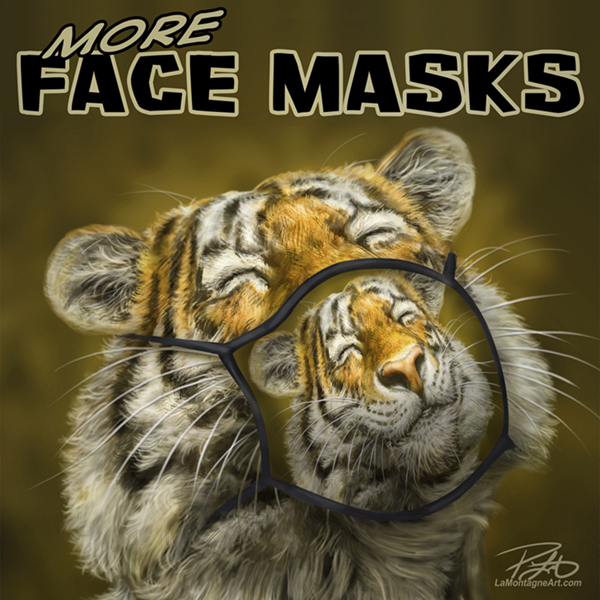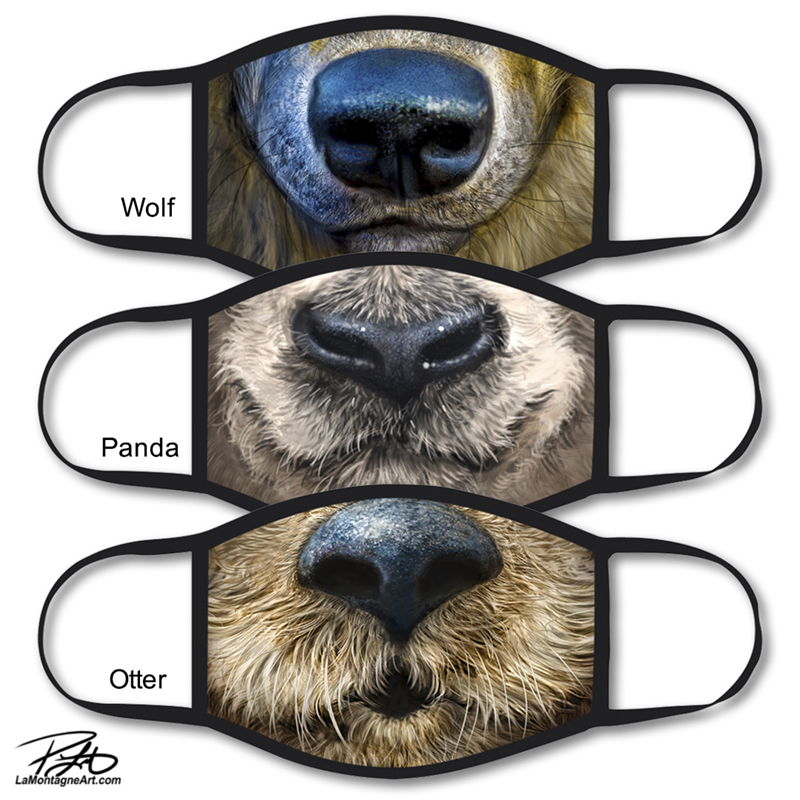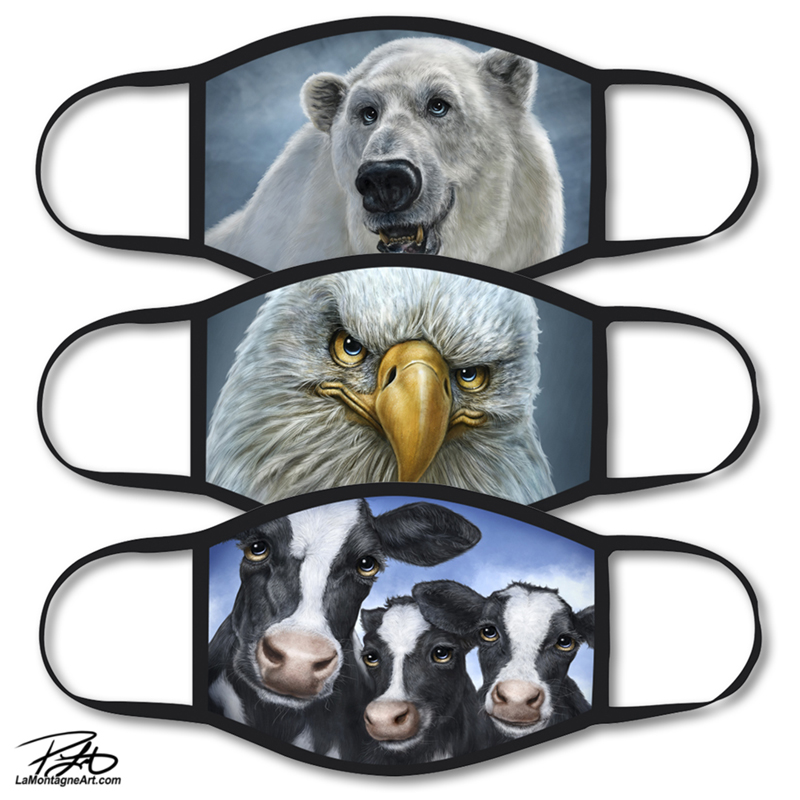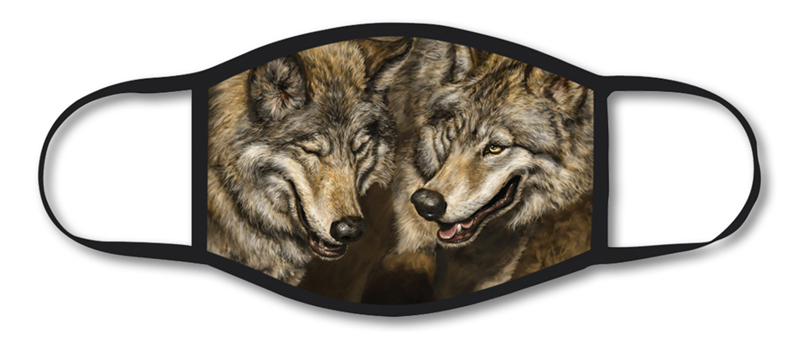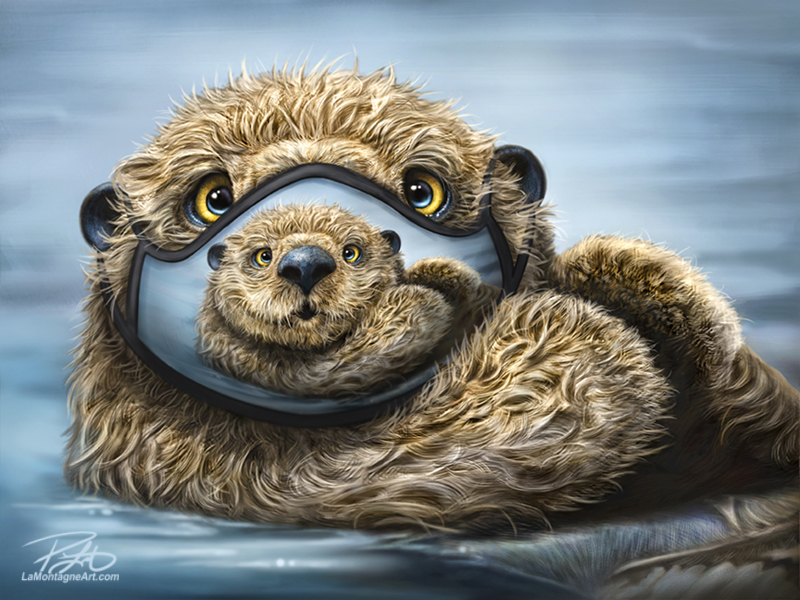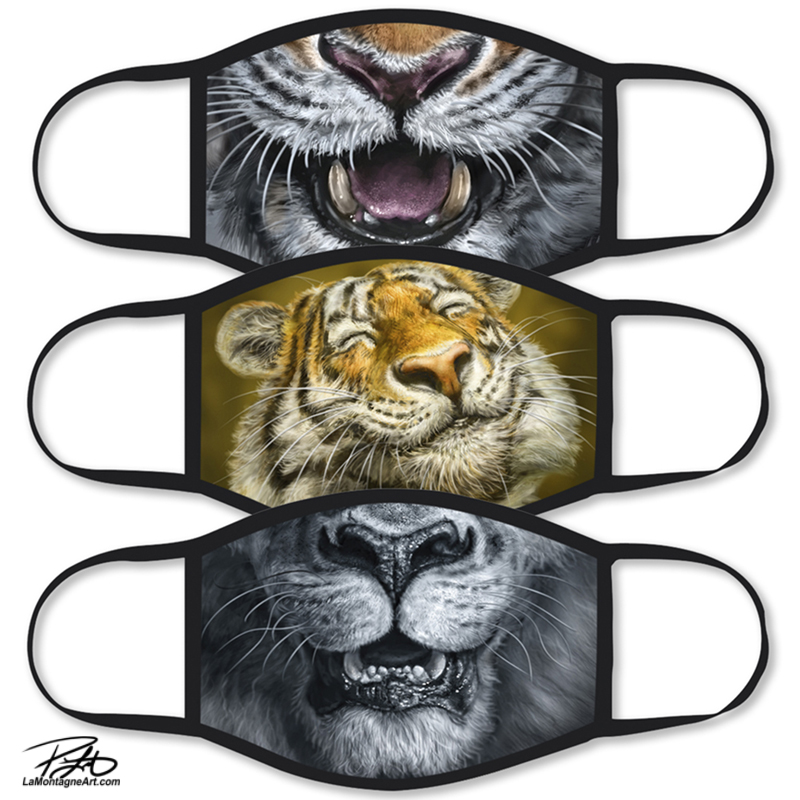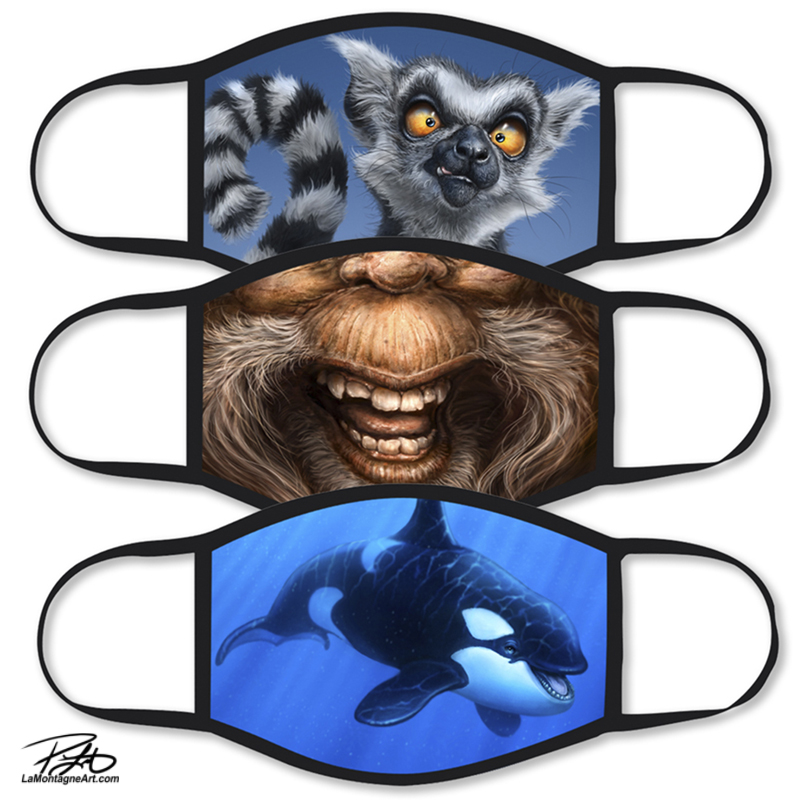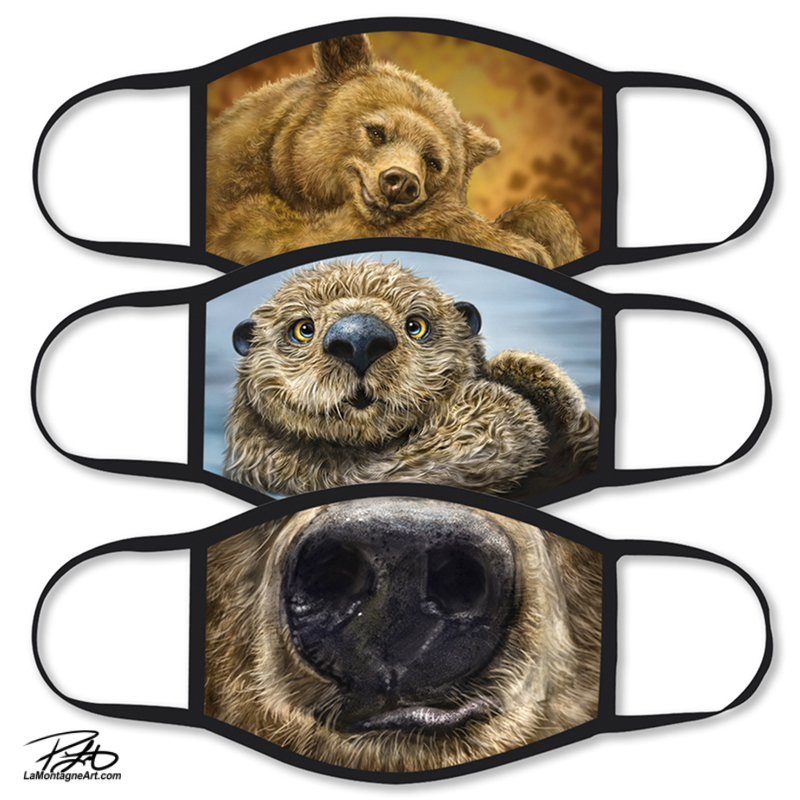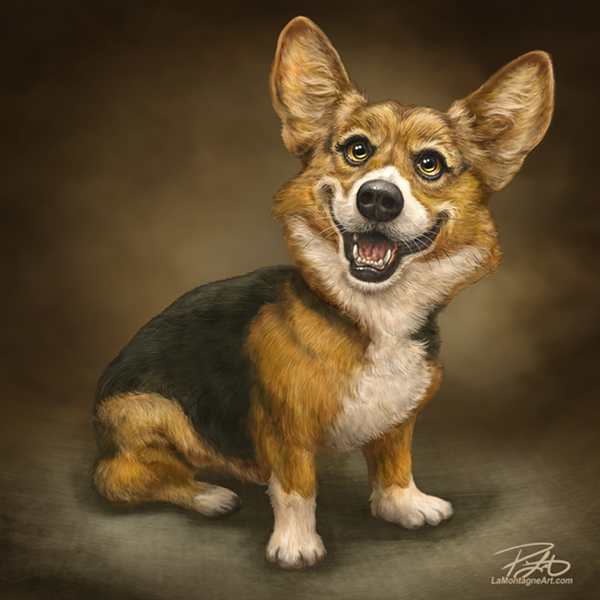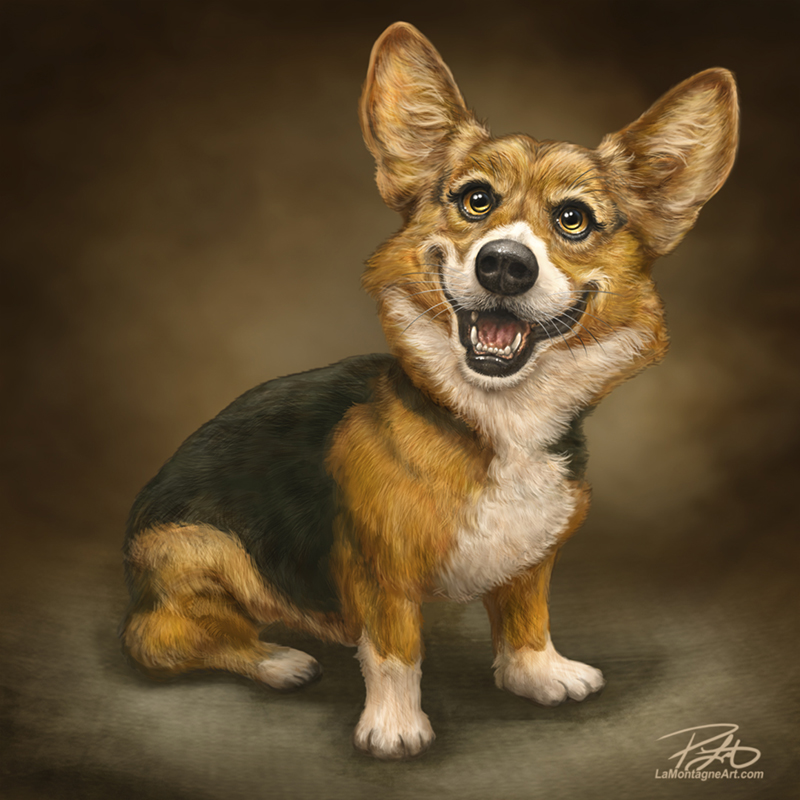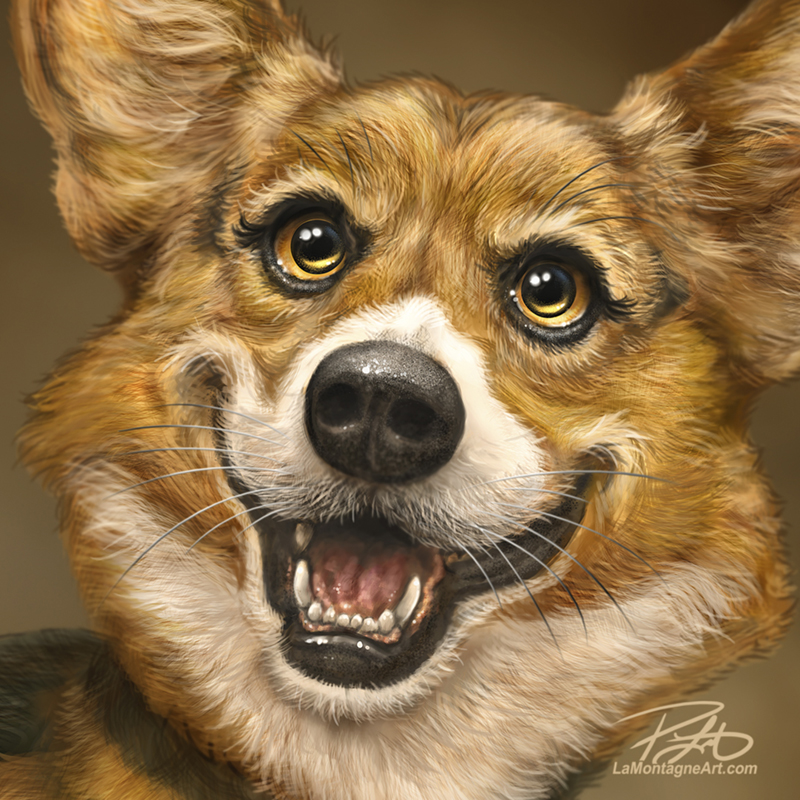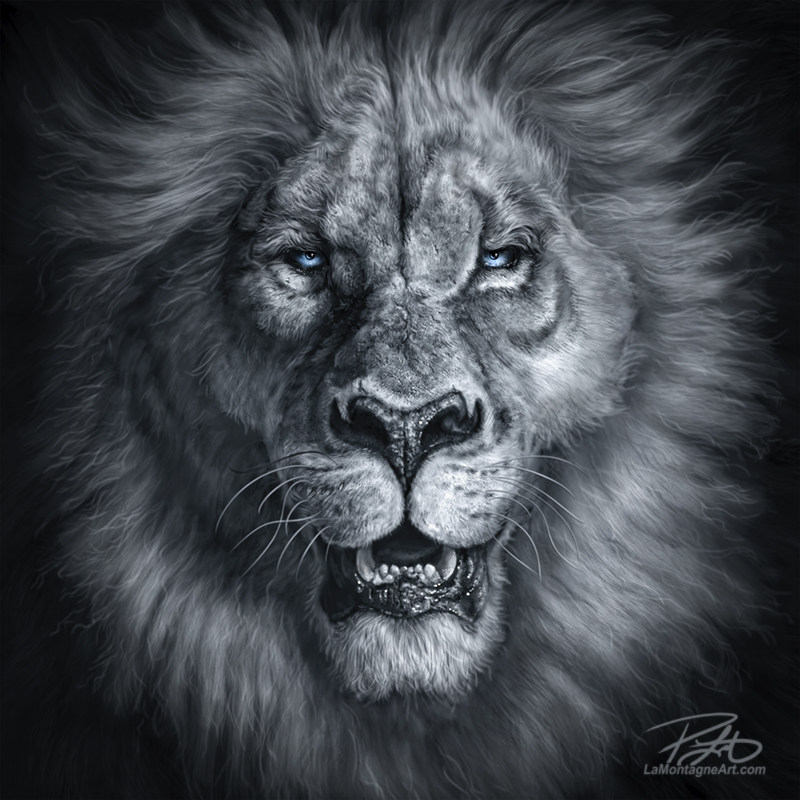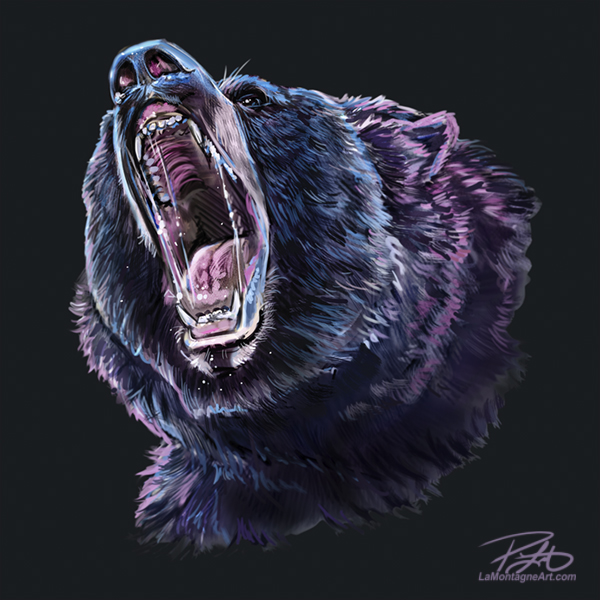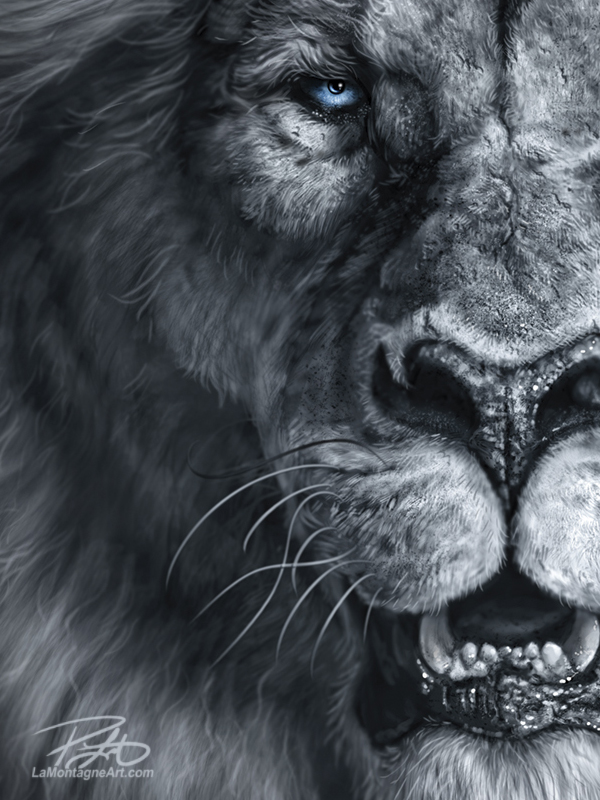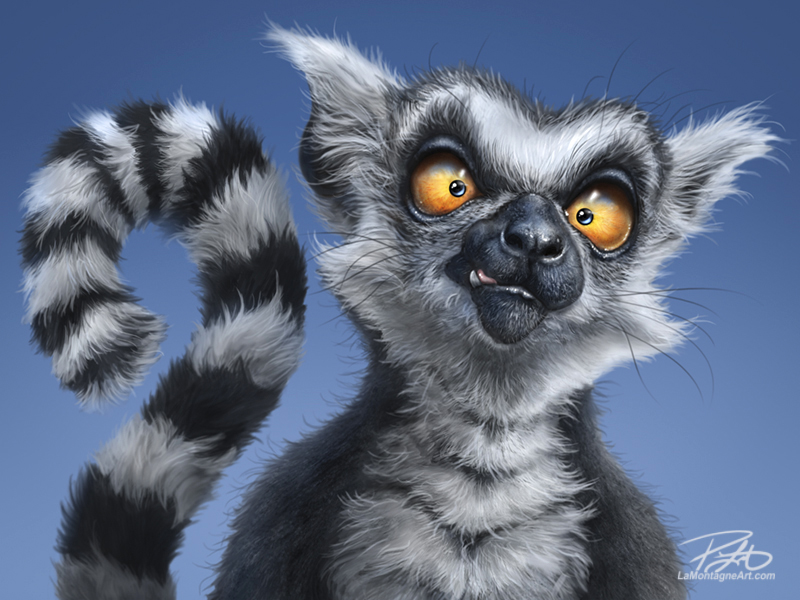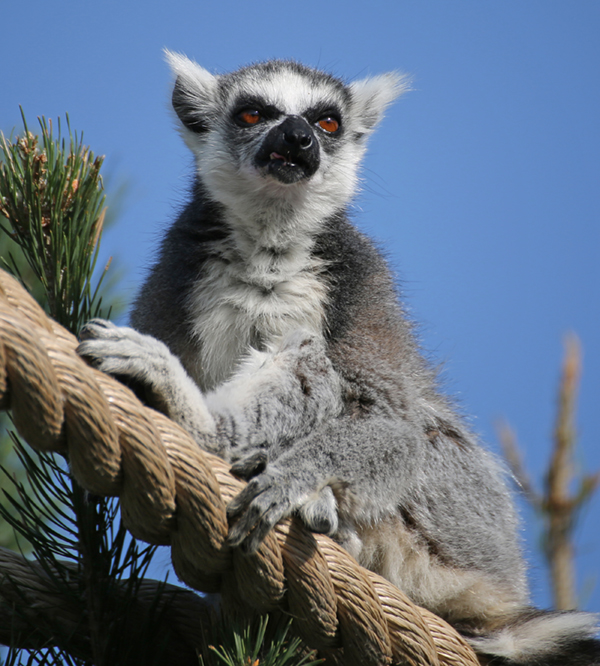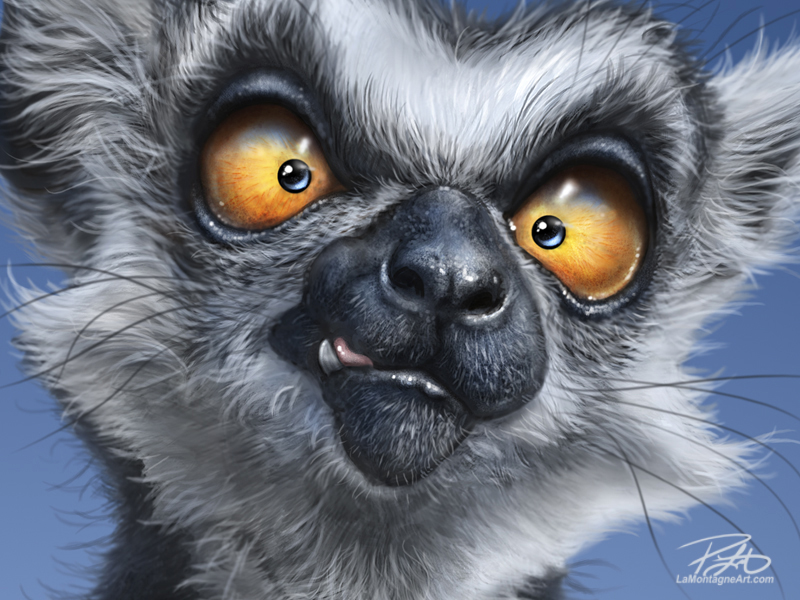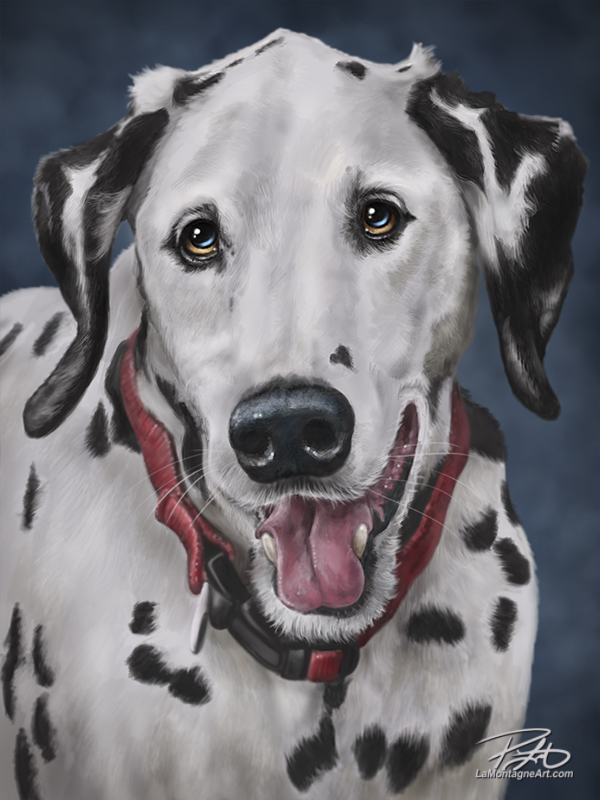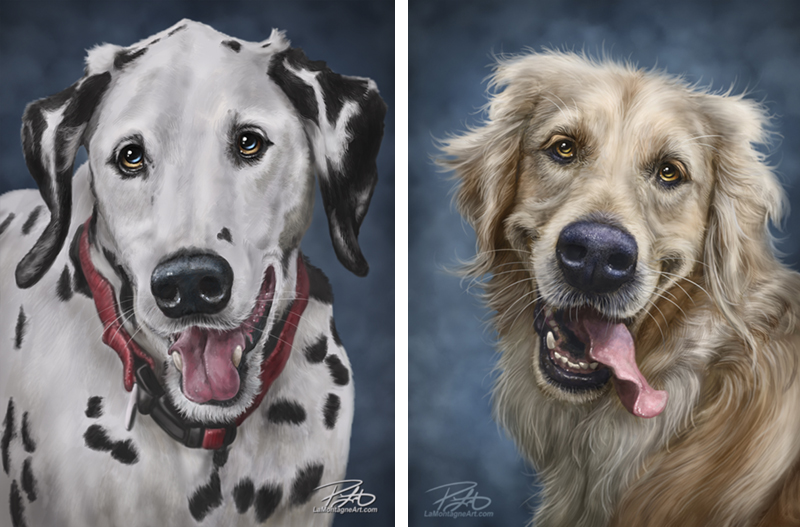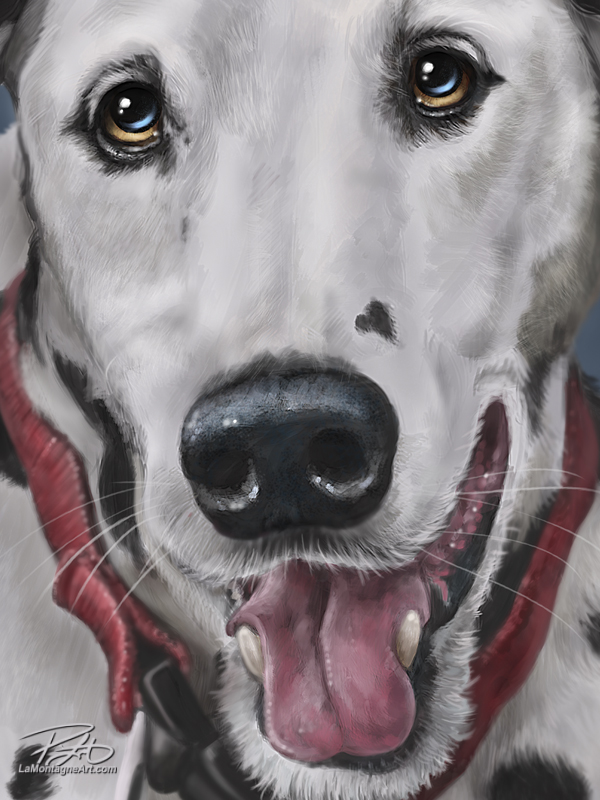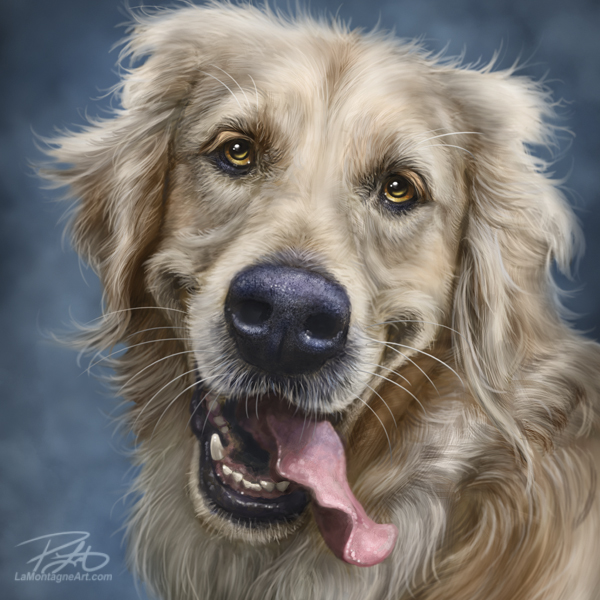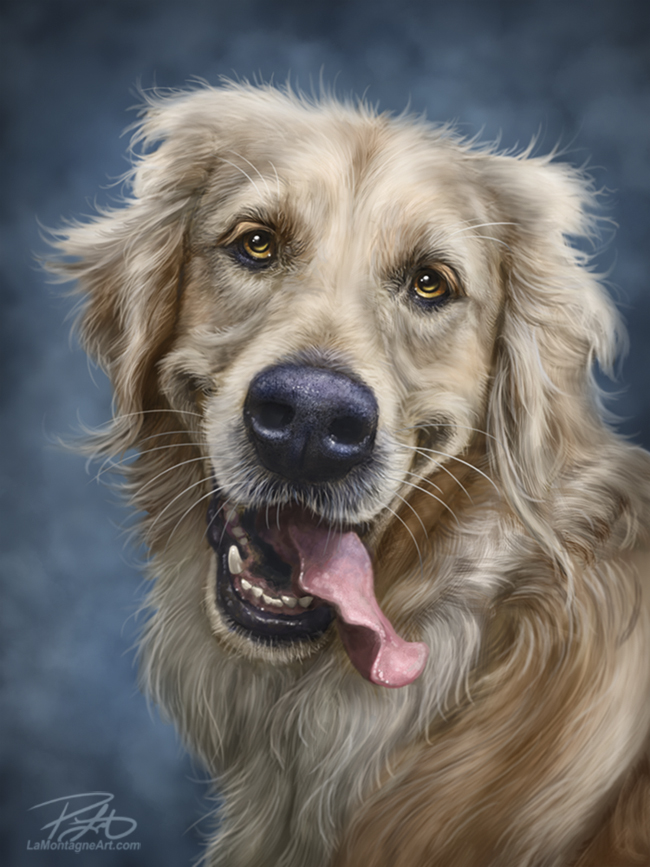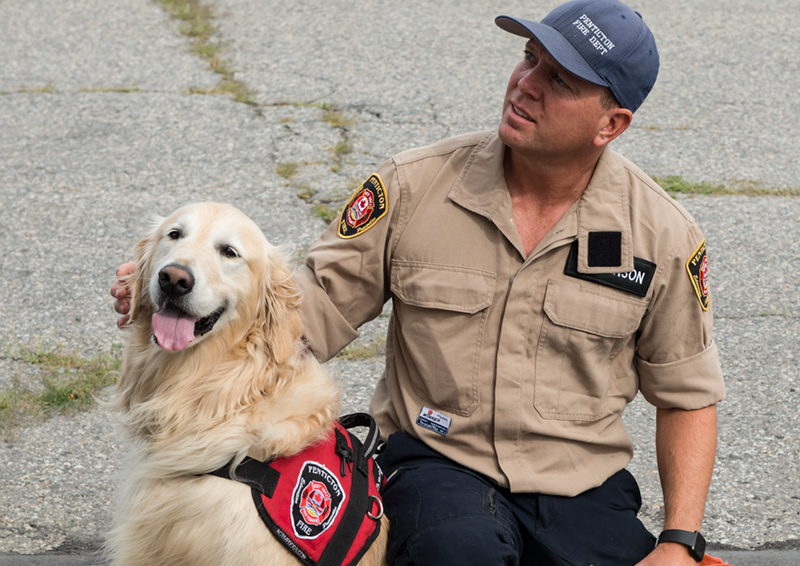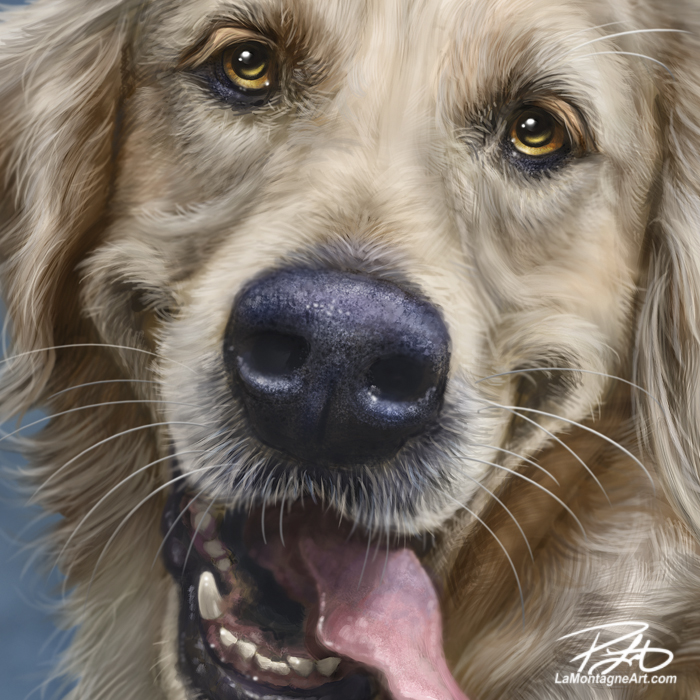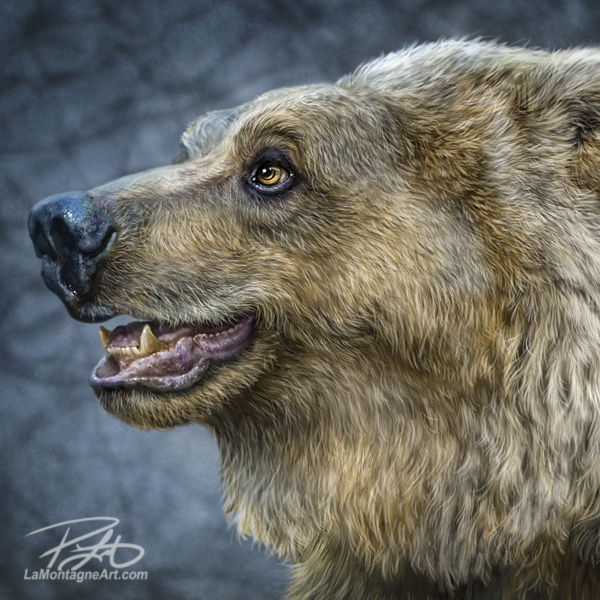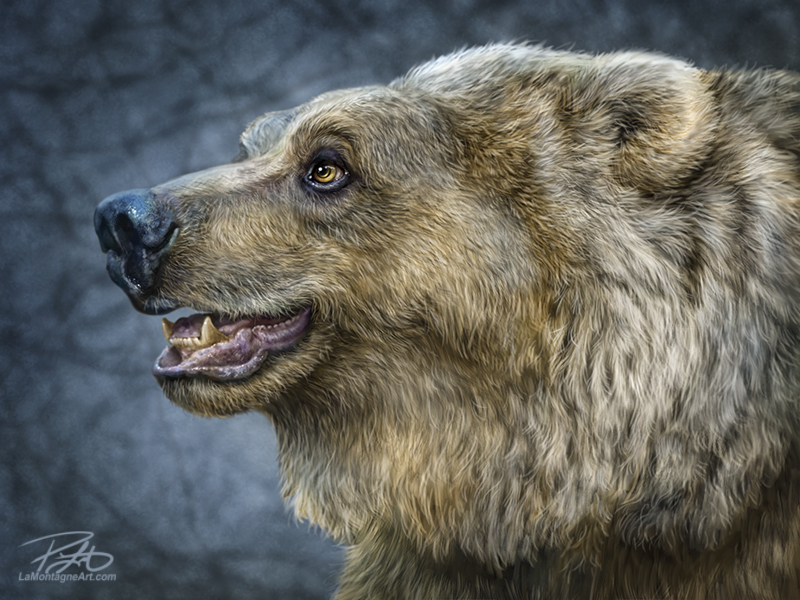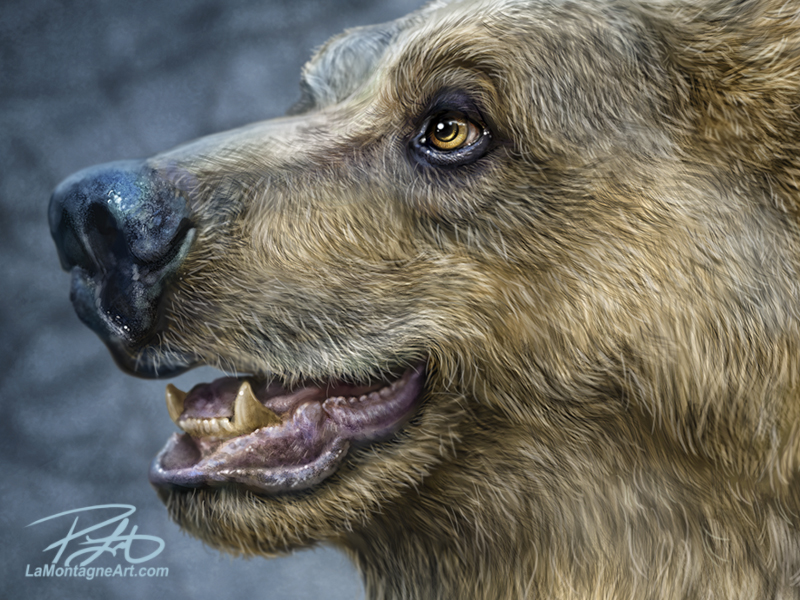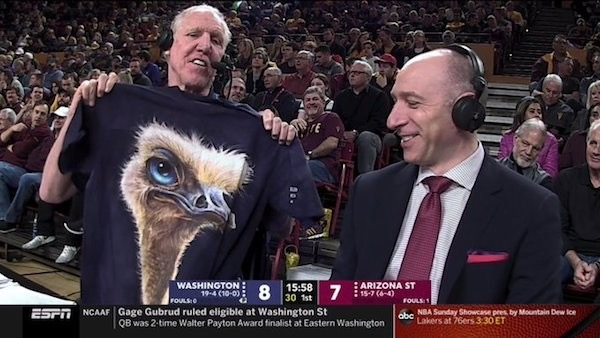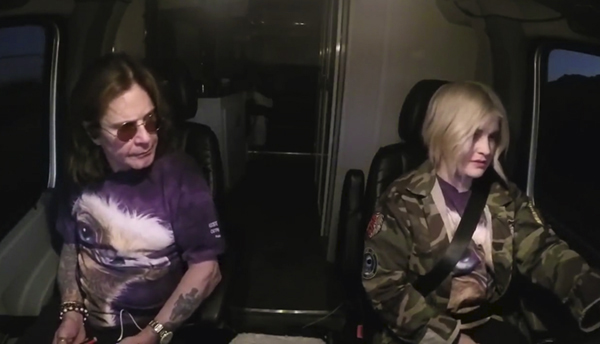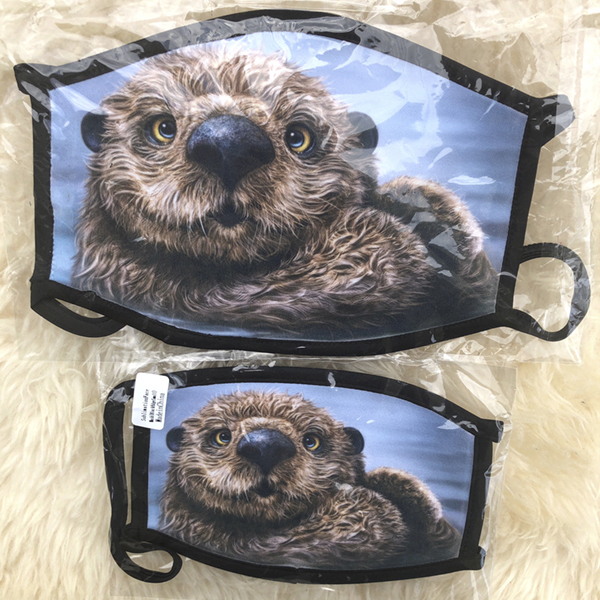
Last weekend, I launched a pre-order for face masks, available to my newsletter subscribers. The response was overwhelming and I spent long hours on multiple days processing the orders. This update was sent to my newsletter followers this morning.
Over the past month, things have changed to a degree we’d have thought ridiculous had somebody predicted it at the beginning of the year. People, businesses, and governments are all trying to adapt to information that changes every day.
There’s a video circulating right now with a woman standing in her kitchen in front of microphones talking about the inconsistent messages we’re getting. You may have already seen it because it has gone viral, but here’s the link if you haven’t. It’s funny ‘cause it’s true.
The list of things we’ve been taking for granted grows larger every day. Never thought I’d miss a teeth cleaning and haircut so much.
This week, the Calgary Stampede was cancelled along with every other summer gathering. I haven’t been to Stampede in years, not my thing. But Stampede is part of Calgary’s identity, and cancelling an event for the first time in 97 years speaks volumes.
If you’re playing the ‘every time somebody says unprecedented’ drinking game, take a shot.
It’s hard to follow what each Provincial Premier and State Governor is saying concerning starting up the economy again. While the messages are conflicting, it seems clear that large gatherings, sports events, festivals, and concerts won’t be possible this summer. That’s right, the whole summer.
That just sucks.
When we do go out, we’ll have to continue to keep a distance of 6ft/2m, in gatherings of less than fifteen? Or is it ten? Five?
I’ve been going to the grocery store on Fridays, just once a week. There were noticeably more people wearing face masks yesterday than last week. They were almost all homemade.Masks are going to be a part of our culture for the foreseeable future.
While it’s great that Pacific Music and Art jumped on this so fast, ahead of many others, my masks are the first order of a brand new product, and that means there have been issues requiring adjustments and tweaks.
Before I go further, yes, there is a delay on the masks, but I still expect (hope) I should get them later this week.
True, it’s only been five days since I submitted the order, and even that behemoth Amazon can’t meet their pre-COVID shipping guarantees right now, but I know you’re anxious to get these. I am, too.
Canada Post issued a statement this week that they’re experiencing Christmas level volume right now, but without the staff to handle it. Postal workers can’t be within six feet of each other, and every transaction takes longer to deal with because of masks, handwashing, and the COVID shuffle.
Here’s why the delay…
When I took the pre-order, the blank masks had arrived in Vancouver. Pacific Music and Art is a ferry ride away in Victoria. Because of new dock safety protocols and shipping delays, it took more than two days for the order to make it to Pacific Music and Art.
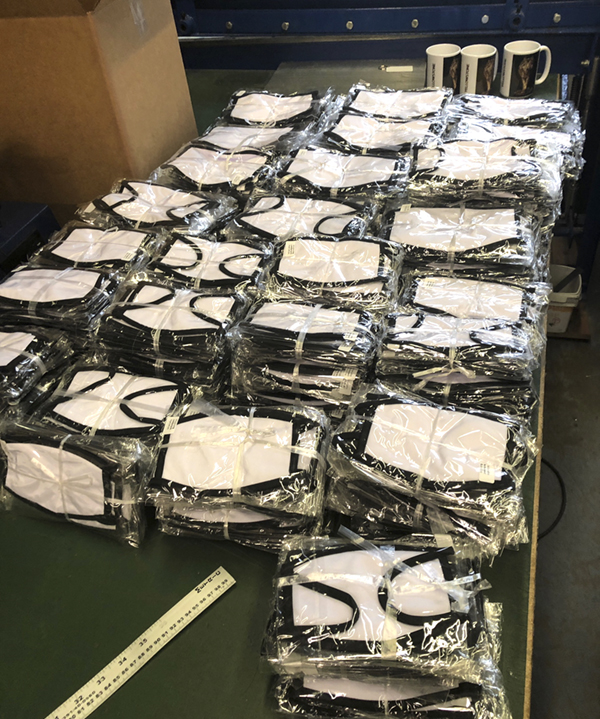 When they started test printing, it quickly became evident that the designs were off.
When they started test printing, it quickly became evident that the designs were off.
Usually, with licensing, I supply the image, and then the company that licenses the image has designers that fit it to their products. With Pacific Music and Art, I create all of my own designs. They’re my most significant licensee, with the most products, and I’m a control freak. So I want them to look as close to perfect (impossible) as I can get them.
For every painting I do, I create more than a dozen different designs for things like magnets, coffee cups, trivets, coasters, art cards…it’s a long list.
Because the masks hadn’t arrived yet, I based my templates on photos and measurements. 16 designs, both small and large masks, for a total of 32 images. It took quite a few hours, and one sleepless night to get them all done.
Then the company that provided the blanks also provided a template, different enough from mine that I had to redesign them all again, requiring many more hours of work.
Whenever an image is printed on a product, there is a bleed. That means the image has to be larger than the printable area so that if it’s off by a millimetre here or there, it won’t show an edge. With something like an aluminum magnet, the bleed is small because the blanks are all uniform.
When the actual masks arrived in Victoria, there was another problem. Masks are fabric, with straps, and unlike aluminum, there is more variability between each. So I worked late Wednesday night and early Thursday morning, redesigning all 32 images for a THIRD time with a much larger bleed.
I had to paint more fur, hair and features on the edges of many of the paintings to accommodate the bleed, work that nobody will ever see.
It was incredibly frustrating. I still had my daily editorial cartoon deadlines, and I haven’t worked on my new painting in over a week.
That’s just my side of it. Pacific Music and Art were working hard in dealing with their own problems.
Heads are different sizes. It’s the reason hat sizes have such small increments between them. Faces are long or short, wide or narrow. With one small mask and one large mask, finding a perfect fit for everybody is impossible, and you go with as close as you can get.
The elastic isn’t super stretchy, because then it would bite into the backs of your ears. They discovered that the ear loops need to be shorter for some people to have a good fit.
As more people wear masks, it’s now easy to find online solutions for a better fit, because so many don’t fit well. Some are fastening the ear loops behind their heads with additional clips and fasteners. Others are tying them over their heads. Front line workers and first responders who must wear them all day are developing sores on their ears and faces from masks that are too tight and elastics that are too thin.
The owner of Pacific Music and Art didn’t want to send out the masks without a solution because you wouldn’t be happy, and I wholeheartedly agree.
Between him and the company that supplies the blanks, they discovered that an addition of a grommet seems to work.
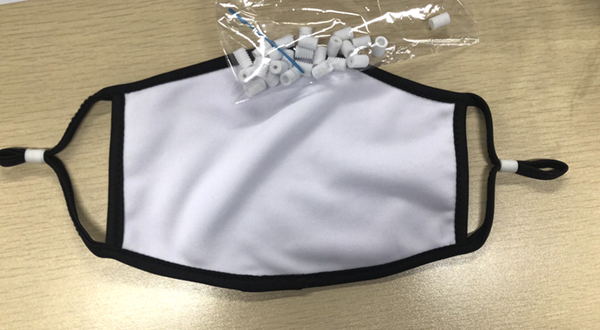 But now we’re waiting on the grommets.
But now we’re waiting on the grommets.
He’s looking for a local solution for my order so that he can ship them to me, and then I can ship them to you.
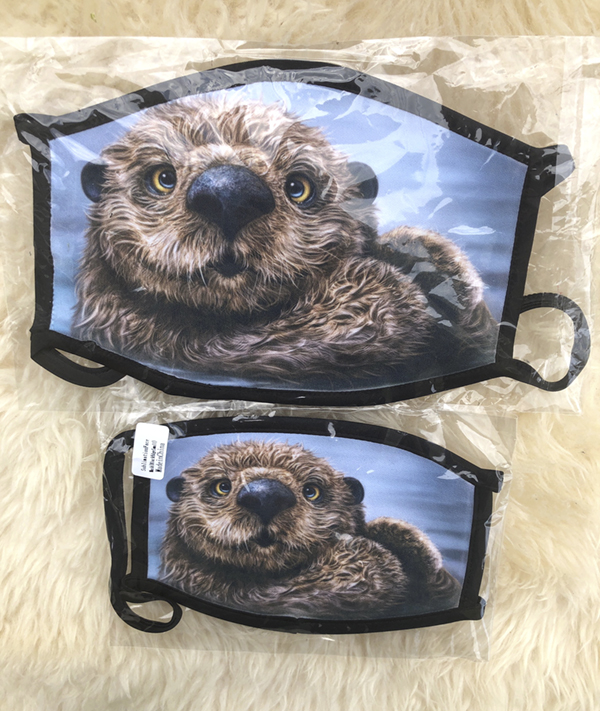 The good news is, the masks for my order are all in Victoria, being printed right now. Despite this delay, you’ll all receive what you ordered. If the delay goes longer, I will update you again and will issue refunds for those unwilling to wait.
The good news is, the masks for my order are all in Victoria, being printed right now. Despite this delay, you’ll all receive what you ordered. If the delay goes longer, I will update you again and will issue refunds for those unwilling to wait.
The bad news is, I’ve been hearing from people all week who missed the first opportunity and want to order, and I have no idea when that can happen. Because of the global demand now for any kind of mask, shipping delays on everything, it’s probably going to be a few weeks before Pacific Music and Art can get any more, and that’s only if there aren’t any further delays. My order was first priority this time, but it won’t be next time. They have other retail customers waiting.
It would be irresponsible and unfair of me to take another order with no idea when I can deliver. Masks are going to be hard to come by for everybody for a little while until supply meets the demand. Just like the toilet paper aisle in your grocery store, it needs to catch up.
I’ll also be re-evaluating orders to the US on the next go ’round. Because of stricter customs regulations on anything that isn’t paper, shipping is now more expensive and more involved, even for small packets. I’ll absorb the added fees on this order, so masks heading to the US this time will go ahead as planned, at no additional cost.
The best I can offer is to stay tuned. If you have friends and family who want to order, they can sign up for the newsletter, and I’ll announce the next order opportunity here, whenever that might be. But please don’t promise them anything.
All I can do is ask for your patience and to trust me that as soon as I can get these shipped, I will.
Cheers,
Patrick
Now go watch that video.
And here’s an article from CBC talking about the Canada Post delays, but also why businesses are having a hard time meeting their orders right now. One more thing we must get used to.
___
© Patrick LaMontagne
Follow me on Instagram @LaMontagneArt
Sign up for my newsletter which features blog posts, new paintings and editorial cartoons, follow this link to the sign up form.

